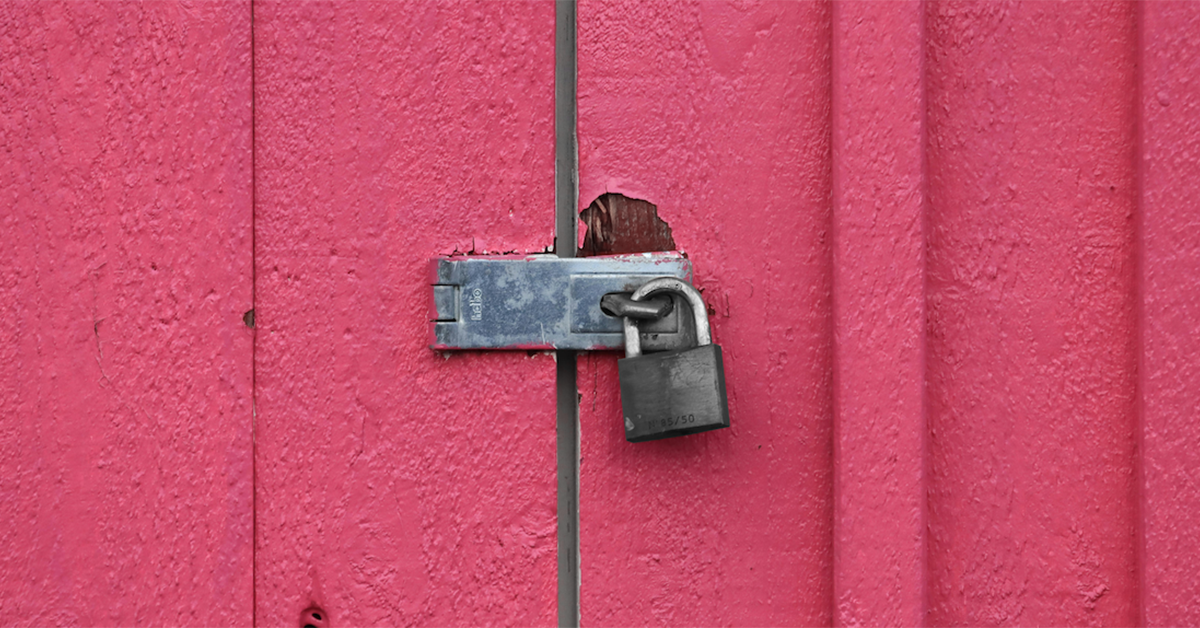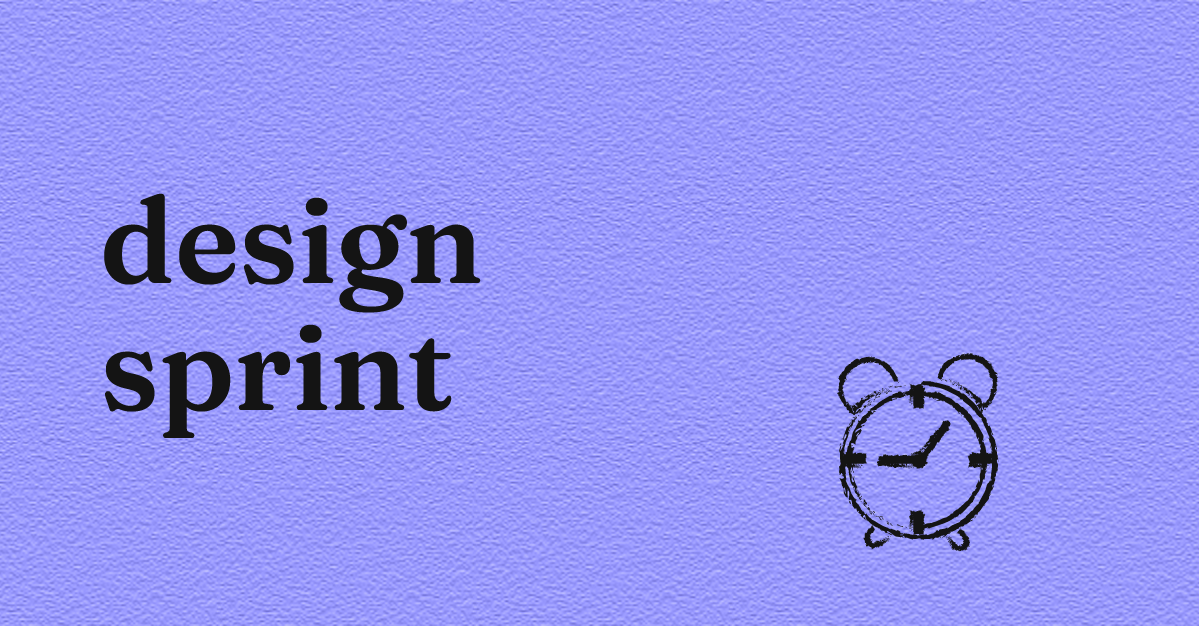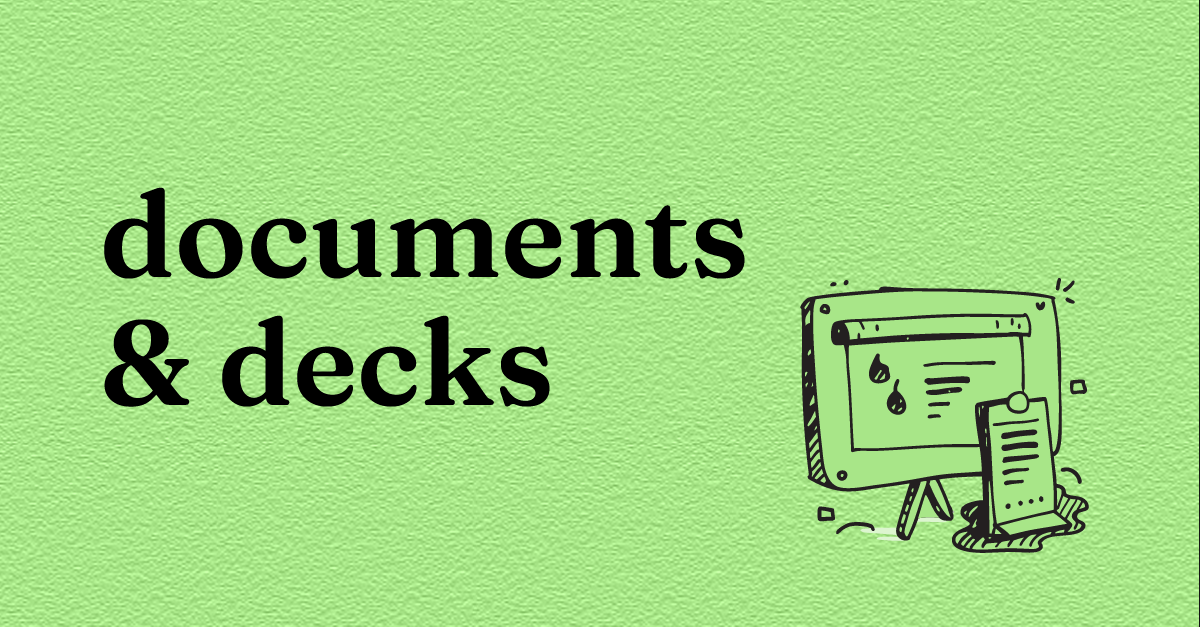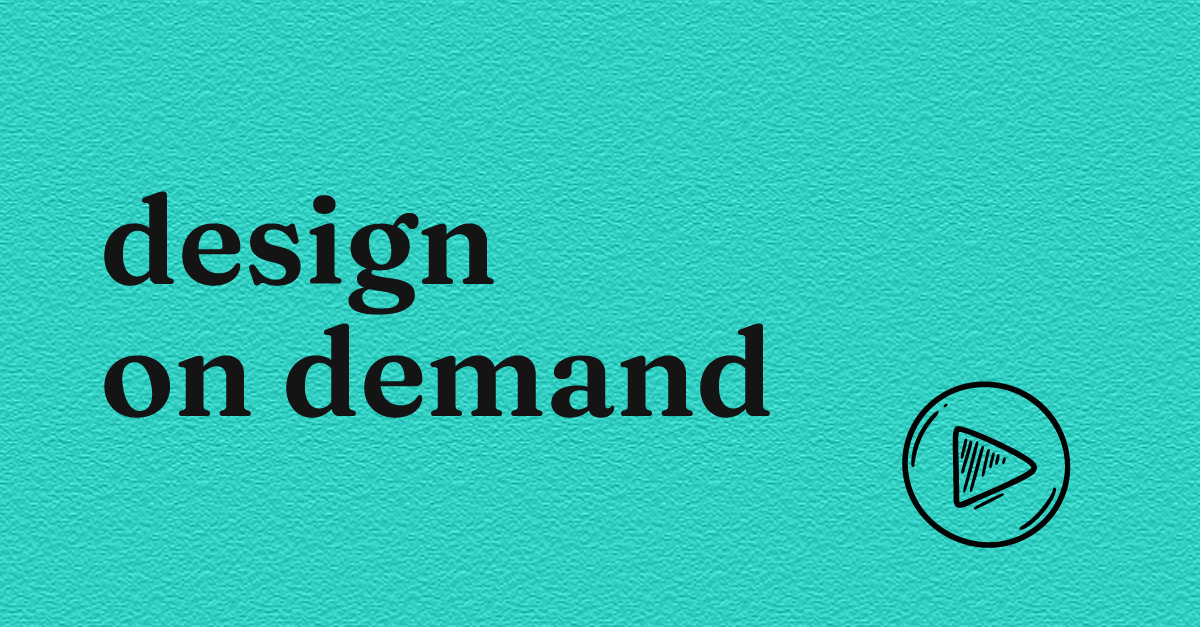Imagine buying a brand-new car, but only the dealer can drive you around in it. And any time you need a new tire or a tune-up, you’ve got to go back to them—and pay extra for the privilege. How’s that for a sweet deal? Not great, right?
That is exactly what some designers do when dealing with their clients after sign-off.
Brace yourselves, because what’s coming next will stir the pot.
Are you being held hostage by your designer?
You pay for a logo, a website, or a brand identity—only to find out later that you don’t actually have access to the editable files or backend.
Maybe your logo designer handed you only a JPEG, so every time you try to scale it, it blurs into a mess.
Or your website was built on a platform that locks you out, leaving you unable to change even a word without paying the designer for every little tweak.
You’re locked in with golden handcuffs. It’s a fancy way of saying, “You technically own this, but good luck using it without me.”
The great file lockdown
This isn’t some niche problem—it’s rampant. Especially with small to medium businesses.
Now, don’t get me wrong, a designer’s work is valuable. But when a designer creates a setup where you can’t move on without their permission? That’s a step too far. And let’s be clear: this is not standard practice, and it’s not okay.
A good designer doesn’t just hand over your designs and disappear into the sunset. They walk you through which files you’ll need and make sure you’ve got everything required to manage your own brand or website confidently—no surprises down the line.
Is it ever okay to charge for files?
Yes—if it’s in the contract. Designers spend time and expertise creating those files, and charging for open formats is fair as long as clients know upfront. The problem arises when it’s never discussed, and clients only find out when they need access. Surprise fees? That’s just bad business.
A designer’s view on intellectual property (IP) & copyright
IP and copyright is as complex as a bowl of spaghetti—messy, tangled, and hard to make sense of. As much as I believe designers should protect their work, it doesn’t mean you should feel like you can’t touch what you’ve already paid for. The real trick here is balance: designing something for you while protecting the creator’s right to their craft. But keep in mind, these legal things are tricky, and there’s no one-size-fits-all answer. It’s always best to clarify things before you sign on the dotted line.
How to avoid the handcuffs
1. Read the contract – If open files aren’t explicitly mentioned, ask about them before signing anything.
2. Clarify ownership – Want full control over your brand assets? Make that clear upfront.
3. Ask for access as soon as the project wraps – The longer you wait, the harder it gets.
4. Be willing to pay (if disclosed) – If the designer sets clear pricing for open files, that’s fair game.
5. Walk away from shady deals – If a designer refuses to be transparent, find one who values honesty over control.
The bottom line
A good designer is a creative partner, not a gatekeeper. If your files are being kept under lock and key, it is time to break free and work with someone who believes in transparency.
…
P.S. I like my contracts how I like my coffee: strong, straightforward, and leaving you in control.
Nodded along while reading this? Then you’ll be delighted with my guide on how to hire a freelance designer.




